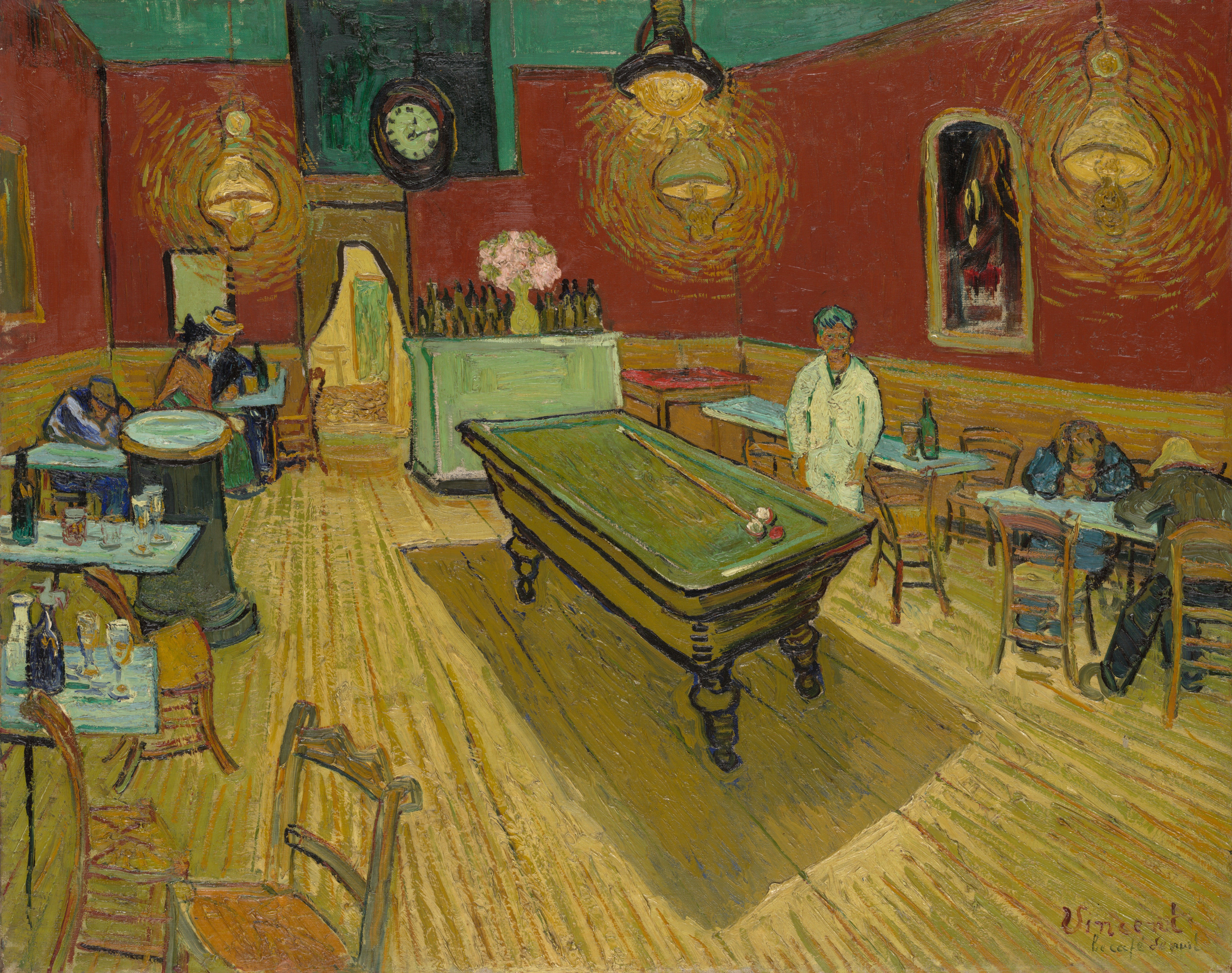Investigation into Van Gogh’s breakdown
Van Gogh’s deep admiration for the Barbizon artists, especially Jean-François Millet, significantly shaped his decision to focus on rural life in his art. During the winter of 1884–85, while staying with his parents in Nuenen, he created over forty studies of peasant heads. These studies culminated in his first large-scale, multifigured composition, The Potato Eaters (Van Gogh Museum, Amsterdam). In this raw depiction of a peasant family during mealtime, Van Gogh sought to convey that they “have tilled the earth themselves with the same hands they are putting in the dish.” The dark color scheme and rough application of paint are characteristic of works from Van Gogh’s Nuenen period.
Dutch translation:
Van Gogh’s grote bewondering voor de kunstenaars van de Barbizon-school, met name Jean-François Millet, beïnvloedde sterk zijn besluit om het plattelandsleven in zijn kunst vast te leggen. In de winter van 1884–85, terwijl hij bij zijn ouders in Nuenen woonde, maakte hij meer dan veertig studies van boerenkoppen. Deze studies leidden tot zijn eerste grootschalige compositie met meerdere figuren, De Aardappeleters (Van Gogh Museum, Amsterdam). In deze ruwe weergave van een boerenfamilie tijdens de maaltijd wilde Van Gogh uitdrukken dat zij “met dezelfde handen die ze in de schaal steken, zelf de aarde hebben omgeploegd.” Het donkere kleurenpalet en de grove penseelstreken zijn kenmerkend voor werken uit Van Gogh’s periode in Nuenen.

After a year at Saint-Rémy, Van Gogh left, in May 1890, to settle in Auvers-sur-Oise, where he was near his brother Theo in Paris and under the care of Dr. Paul Gachet, a homeopathic physician and amateur painter. In just over two months, Van Gogh averaged a painting a day; however, on July 27, 1890, he shot himself in the chest in a wheat field; he died two days later. His artistic legacy is preserved in the paintings and drawings he left behind, as well as in his voluminous correspondence, primarily with Theo, which lays bare his working methods and artistic intentions and serves as a reminder of his brother’s pivotal role as a mainstay of support throughout his career.
By the time of his death in 1890, Van Gogh’s work had begun to attract critical attention. His paintings were featured at the Salon des Indépendants in Paris between 1888 and 1890 and with Les XX in Brussels in 1890. As Gauguin wrote to him, his recent works, on view at the Indépendants in Paris, were regarded by many artists as “the most remarkable” in the show; and one of his paintings sold from the 1890 exhibition in Brussels. In January 1890, the critic Albert Aurier published the first full-length article on Van Gogh, aligning his art with the nascent Symbolist movement and highlighting the originality and intensity of his artistic vision. By the outbreak of World War I, with the discovery of his genius by the Fauves and German Expressionists, Vincent van Gogh had already come to be regarded as a vanguard figure in the history of modern art.

Van Gogh Sidetracks and untold stories
More content …